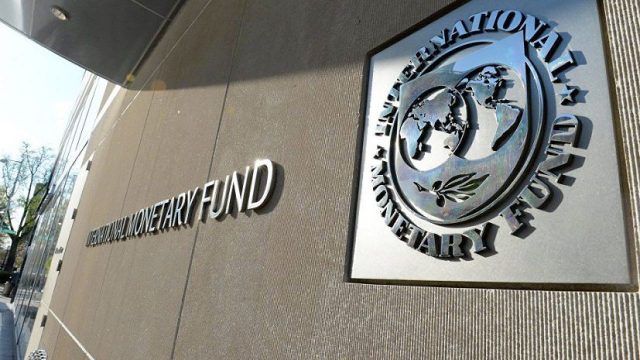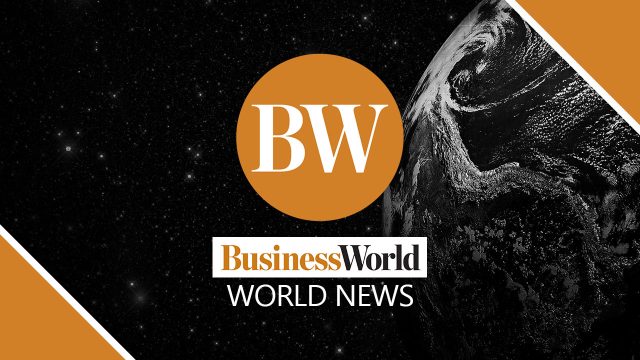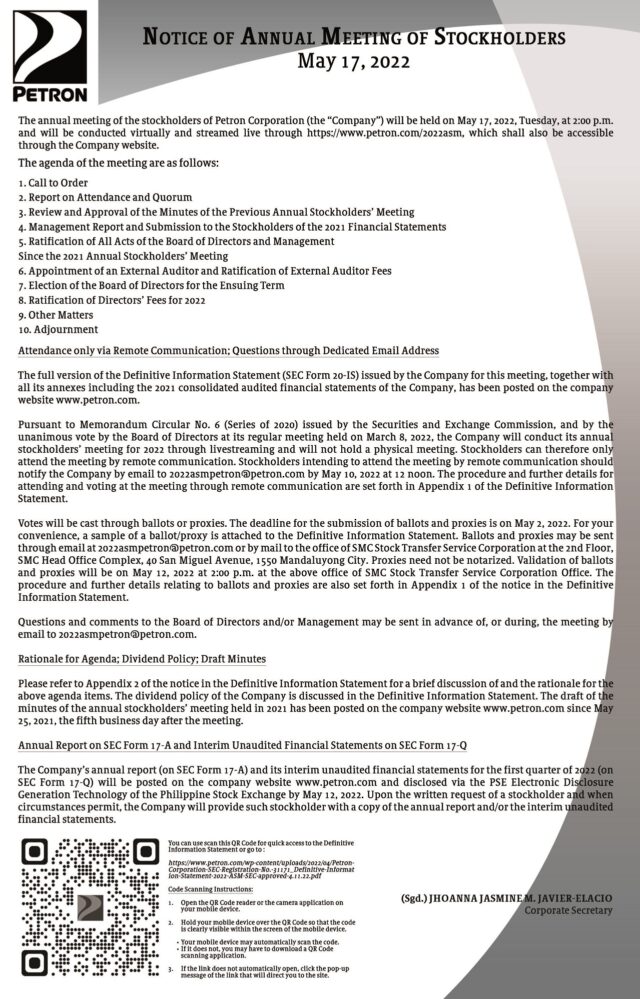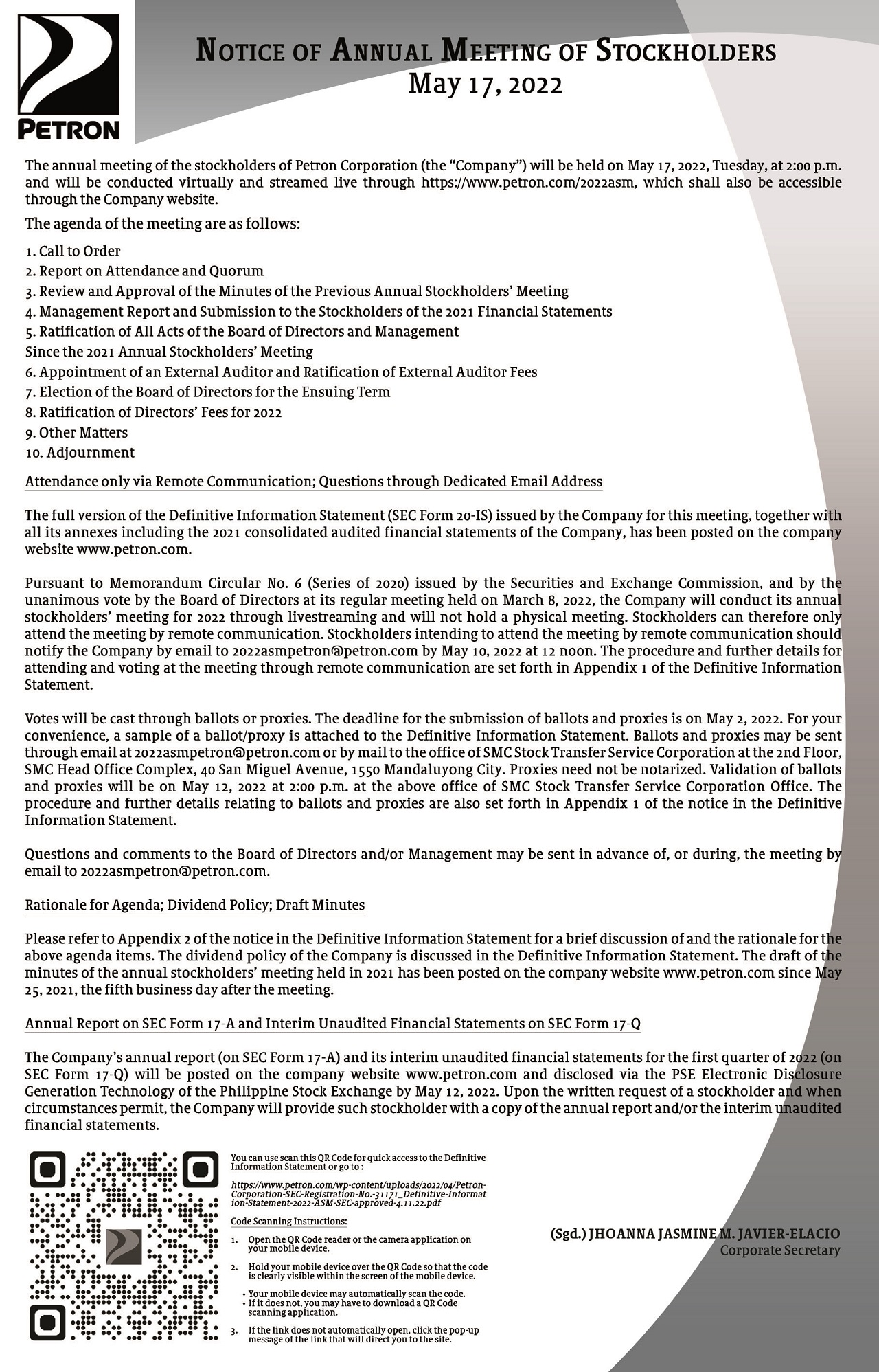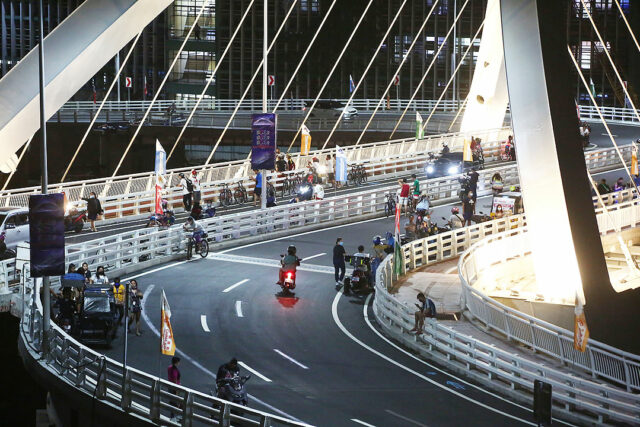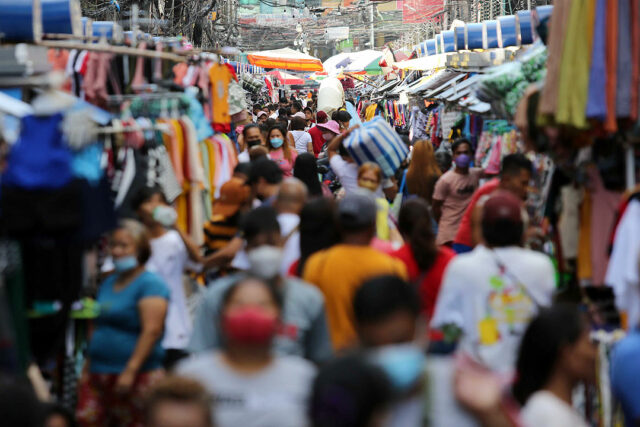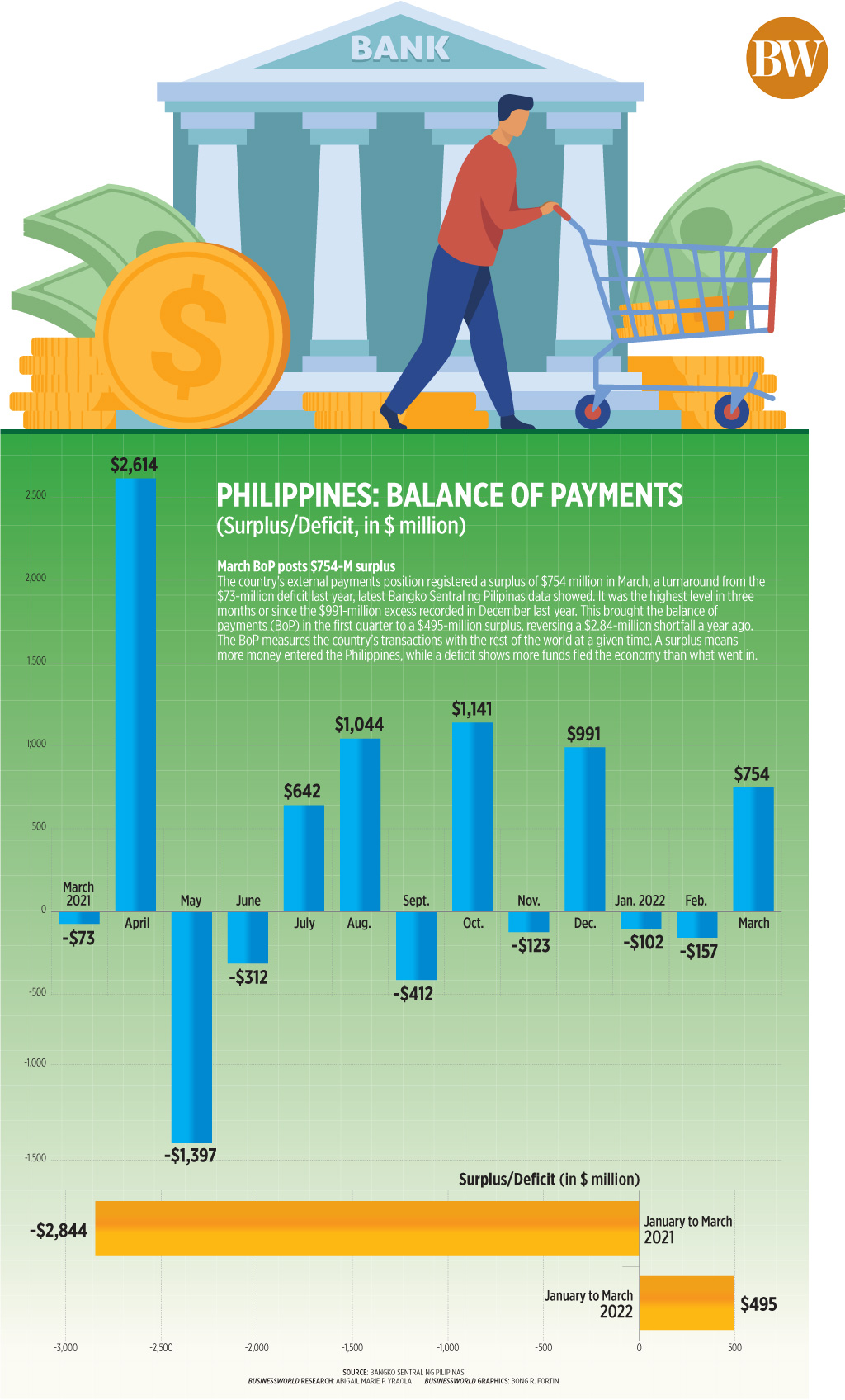Sanofi breaks ground on its evolutive vaccine facility in Singapore

Pharmaceutical firm Sanofi broke ground on its evolutive vaccine facility (EVF) in Singapore on April 20. Aimed to be fully operational by 2025, the EVF is a digitalized, modular facility designed to manufacture multiple vaccines — including mRNA, enzymes, and monoclonal bodies.
As the term “evolutive” suggests, the EVF can respond quickly to future pandemic risks and with the capacity to produce at a massive scale, according to Heng Swee Keat, deputy prime minister of Singapore and coordinating minister for Economic Policies, at the ground-breaking ceremony.
“COVID-19 has reinforced the importance of pandemic preparedness and supply chain resilience. We must not take our foot off the pedal when the pandemic fades. Disease X will not be a matter of if, but when,” he said.
Added Mr. Heng, “By enhancing our capacity for manufacturing vaccines in Singapore, the region will be in a stronger position for dealing with future pandemics and the ensuing economic shocks.”
Singapore’s EVF has features such as a leak detection system, plus digital twins for each of its platforms for problem simulation and risk reduction. It is designed around a central unit comprised of several modules which can produce up to four vaccines simultaneously — regardless of the vaccine technology used (protein, mRNA, etc.).
Current industrial sites are able to produce one vaccine at a time.
The new bioproduction facility will furthermore reduce both resource consumption and waste production with the use of solar panels and green electricity purchase, minimizing its environmental impact.
INVESTMENTS FOR INNOVATION
On the same day as the groundbreaking, Sanofi also announced its investment of €900 million over five years to create two EVFs – one in Singapore, and another in France. These EVFs pave the way for future vaccine innovation worldwide.
Sanofi chose Singapore because of its top-class environment for science and innovation, as well as its ecosystem that gathers universities, startups, and corporates, said Marc Abensour, French ambassador to Singapore.
“The significant investment of Sanofi… signifies a high level of trust in our bilateral partnership, of which innovation is one of the strongest pillars,” he told the participants of the ceremony.
Per Mr. Heng, Singapore is committed to investing about 1% of its GDP (gross domestic product) in research, innovation, and enterprise. Part of the local government’s efforts in this regard includes talent development programs in biopharma manufacturing.
“To support innovation and leading-edge production, human capital is critical. This new facility will create 200 good jobs and we need to ensure that our people have the skills to take on these opportunities,” he said. — Patricia Mirasol

